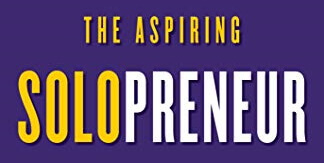Blog #229
I have been pondering a recent session I conducted with a leadership team of an organization that had just been purchased by a larger, synergistic competitor. In other words, it was young, big, growing company that was backed by a lot of money, yet they had not been faced with many large business issues. The cultures matched and it appeared to be a great fit.
Before we met, we discussed and agreed that a traditional EOS session was not going to achieve the objectives and immediate needs. So, we pivoted to address what was going to be needed. I proposed that a proactive approach in the integration process was going to be critical to establish what the future relationship was going to look like. This is not to say that a newly acquired company was going to be able to dictate the terms of onboarding – they weren’t. However, it does mean that they would impact the tone, trust, and direction of the organization.
With everyone in agreement, we began outlining the processes of what it would take to integrate with the new company. First, everyone was asked to take about 10 minutes and write out everything they could think of that would be needed to keep the organization open and running. The second step was to understand how the new organization approaches issues and identify available resources. Next, they outlined what great would look like for integration. The last step of this process was for participants to write down where the existing organization could go with the new organization’s resources. This was a fun exercise, and it was interesting to see what it started to smoke out, particularly around compliance and business continuity.
I then went to a different whiteboard and drew five arching lines stacked on top of each other. I indicated these represented hills in the distance and that they could be looked as time horizons. The lowest arch is the closest, with the top arch the furthest. I suggested these represent intervals of seven days, fourteen days, thirty days, sixty days, and ninety days. From this point, I instructed each member of the team to review the list to figure out which time horizon each item on that list should be placed. For example, certain items should be addressed within the first week to ensure the train continues running to the next item. The leadership team debated much of this, but they were able to agree to schedule a future meeting to plan out the other time horizons.
The point is that I believe this sort of approach is important for both business and personal life – and that is really what is at the core of building strategy. Take a few moments to think about the different time horizons then outline where you want to be. Each time horizon is important, and it is crucial to find a balance when deciding where to focus.
My question to you is: Are you considering multiple horizons? As the leaders of your organizations and departments, it is important to keep things moving while maintaining an eye on the future.
How far out do your time horizons go? Do you need help with learning how to expand them? We can help with that! Contact us today to find out how.
Keep Smiling,
Kris






